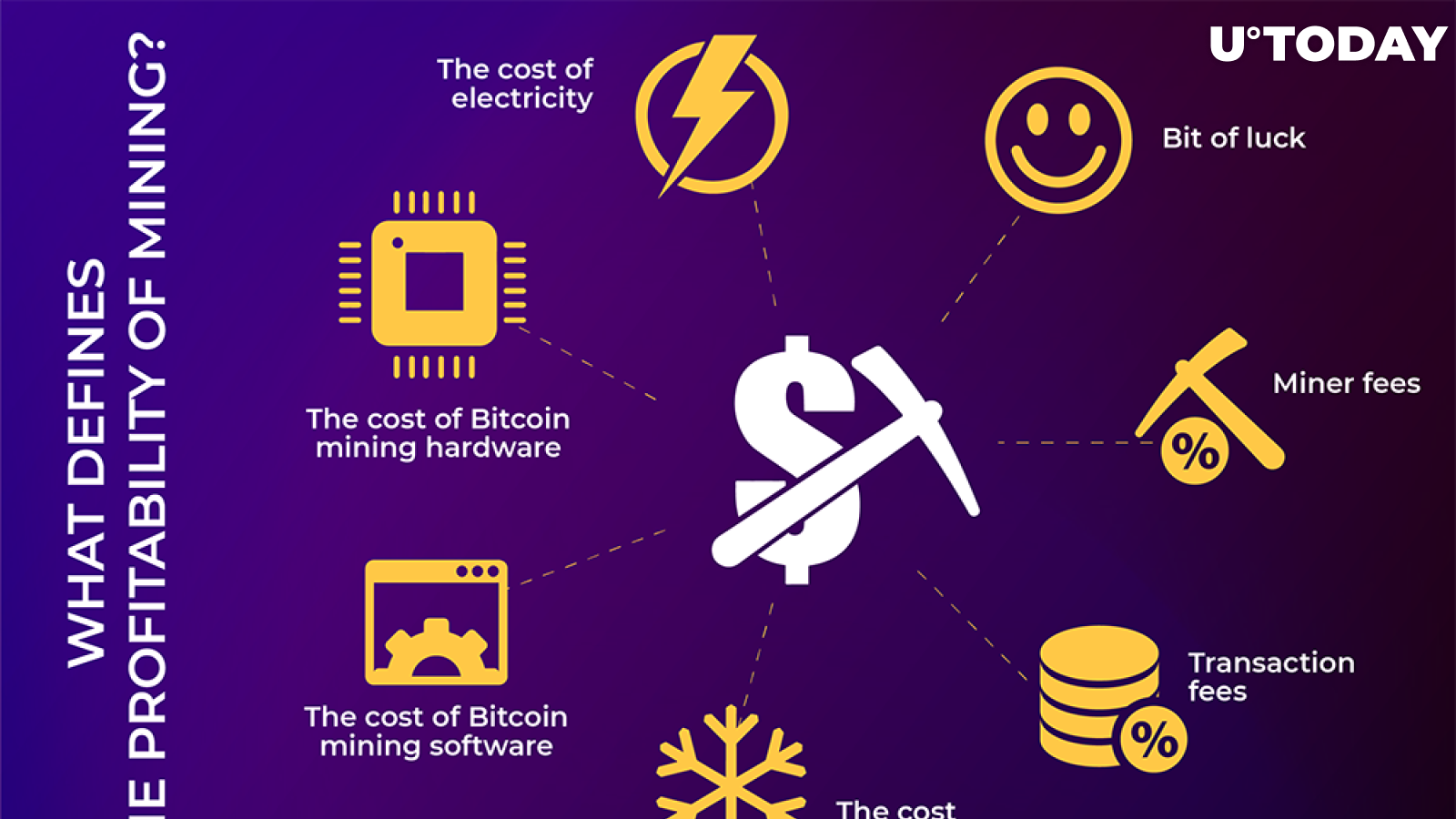

Lipa Long published an explanation of class groups that our Proofs of Time is based on. Our advisors, Dan Boneh, Benedikt Bünz, and Ben Fisch published a survey of VDFs which are the underlying technology of Proof of Time.

There is also a 2019 talk from Mariano Sorgente at MIT on how to achieve Nakamoto consensus with Proof of Space and VDFs.īram Cohen presented at Stanford on February 2018 on Proofs of Space. We have updated our consensus algorithm and you can review and comment on our working document.

In 2019 we revealed our Green Paper outlining the construction of Proofs of Space and Time and illustrating many of the design choices of Chia. We have academic papers and presentations that give detail about our new consensus algorithm and blockchain software. There will likely be relatively few VDF servers (“Timelords”), as the fastest one will always finish first and it takes only one fast and fair Timelord on the network to complete a block and move the chain forward.

The key idea of a VDF is that they require sequential computation, and since having many parallel machines does not yield any benefit, electricity waste is minimized. Proof of time is implemented by a Verifiable Delay Function that takes a certain amount of time to compute, but is very fast to verify. Proof of time requires a small period of time to pass between blocks. A farmer’s probability of winning a block is the percentage of the total space that a farmer has compared to the entire network. Users of the Chia blockchain will “seed” unused space on their hard-disk drive by installing software which stores a collection of cryptographic numbers on the disk into “plots.” These users are called “farmers.” When the blockchain broadcasts a challenge for the next block, farmers can scan their plots to see if they have the hash that is closest to the challenge. Proof of space can be thought of as a way to prove that you are keeping some storage unused on your hard-disk drive.


 0 kommentar(er)
0 kommentar(er)
